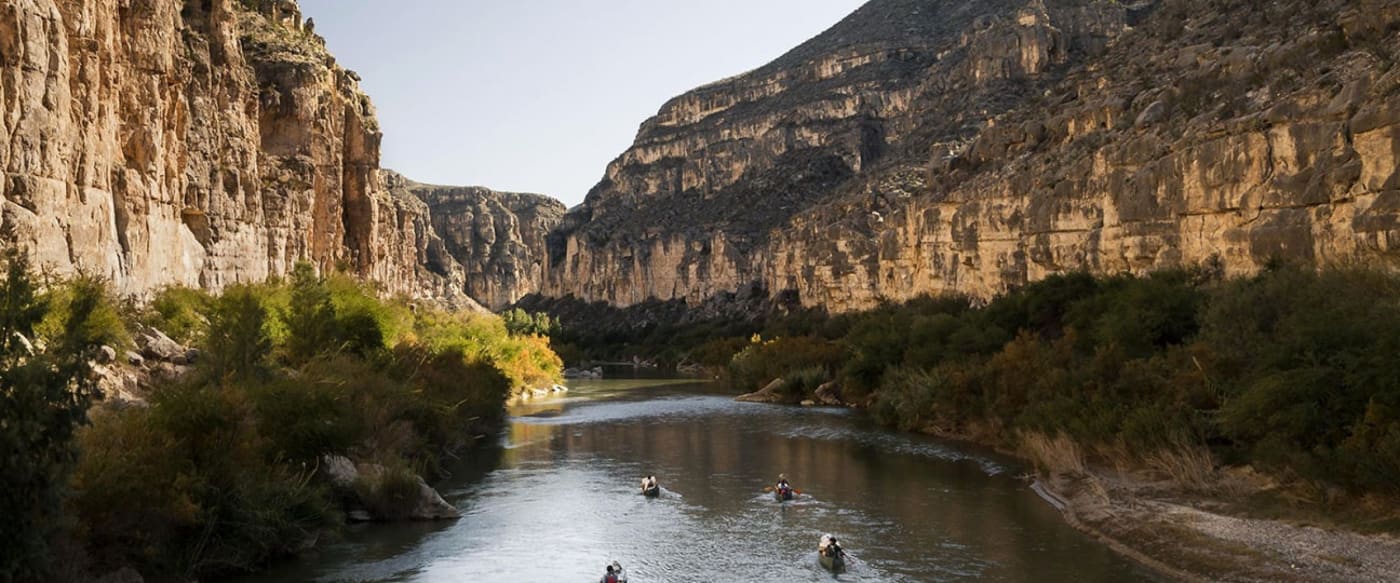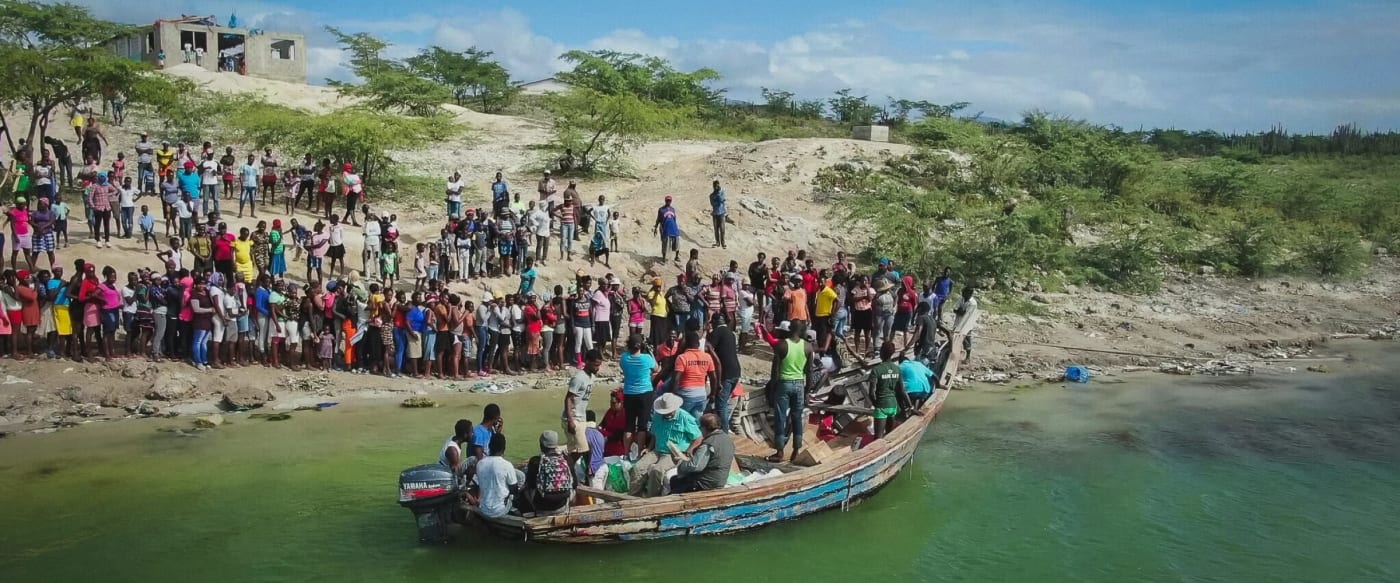Video
Jungle Beat Producers
Sunrise Productions: Jungle Beat Producers Power Post With OWC Jellyfish
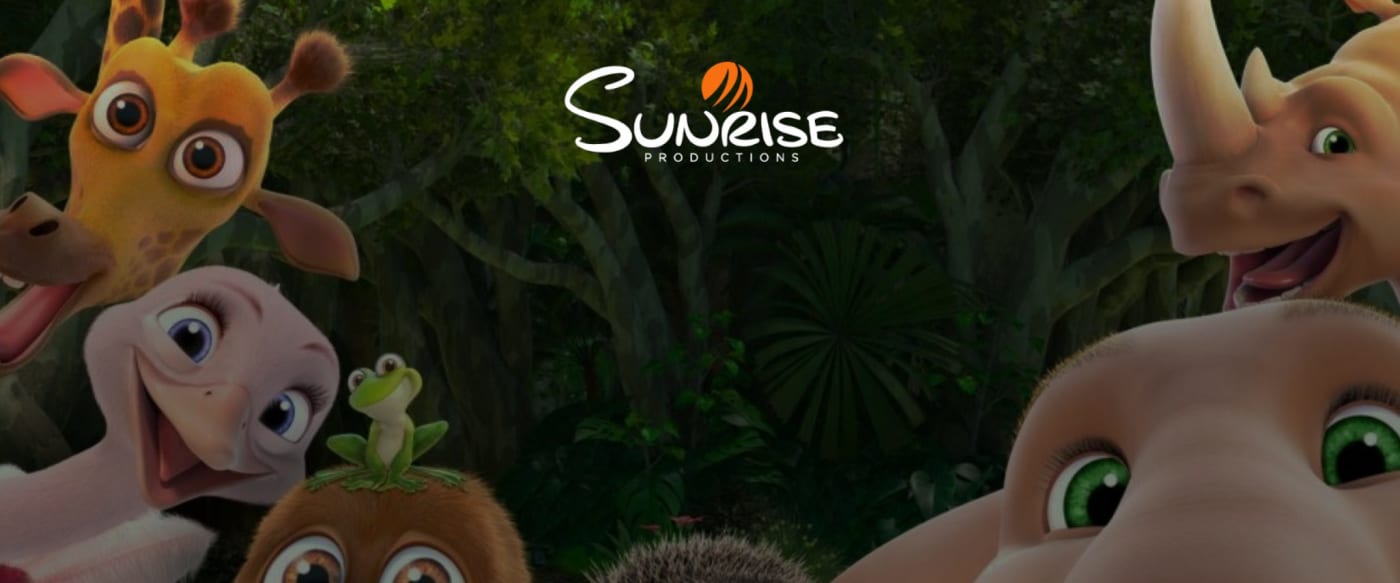
Sunrise Productions earned a place in history for creating Africa's first-ever animated feature film, The Legend of the Sky Kingdom. Today, the company is best known as the creative force behind the fun, family-friendly kids series Jungle Beat and its spinoff Munki and Trunk, which are broadcast in over 180 countries. Millions of viewers subscribe to their videos on YouTube, and the Jungle Beat audience is about to expand even further, now that the feature-length film Jungle Beat: The Movie has been released. LumaForge was thrilled to help set up a workflow with the Sunrise Productions team to continue to scale productions using a OWC Jellyfish and Resilio Connect.
"All our productions require intensive collaboration between many different artists here in our studio in Cape Town but also in our partner studios in Mauritius, Singapore, and Indonesia," says Sunrise Productions Head of Technology, Luke Marchant.
"We were coming to the end of some 5 to 7 years of building our own shared storage systems based on Supermicro servers and we had been struggling to maintain them with the increasing amount of volume in productions that were coming in. Also, as technology becomes faster and faster, generic RAID-based storage systems started to lag behind."
"As we were moving from our building in Westlake to a brand-new facility in Chapman's Peak, we decided to review our technical infrastructure for the new offices and we considered migrating to a dedicated shared storage solution specifically designed for high-end media workflows".

Challenges
"CG and Animation workflows pose very specific challenges with regard to asset management and storage," Marchant explains
- We have 60 people working in the pre-production, production, post-production, and marketing divisions at our site. They use many different kinds of software on all kinds of workstations and operating systems, and they all need to connect to our central storage. 70% of our computers are Linux, 20% Mac, and 10% Windows.
- 3D-models, composites, and animations can take up a massive amount of space and hold thousands of assets. Also, many of our artists work with uncompressed 16-bit DPX image sequences that they need to be able to playback in realtime.
- On top of this, we have a 60-node render farm that continuously hits the server and we regularly need to exchange and sync multiple Terabytes of computer-generated textures, models, and high-resolution renders with the artists in our partner studios on the other side of the world.
- Security and user management are both very important. We need to be able to limit access to the server so that the people working off our network only have access to the files they need. And, ideally, we need to be able to encrypt sensitive data on a volume basis. We couldn't do this with our general RAID system.
"When you speak with big server companies, they just go: 'Oh, you are in the media industry, you will need a million-dollar SAN and you will need these and these switches.' They don't even ask about your workflows. So Matthys Pretorius from After Dark Post advised me to take a look at LumaForge OWC Jellyfish storage.
"So we were looking for a new storage solution that would provide a very high sustained bandwidth combined with intelligent caching to give us the high number of IOPS and the low latency that we require. A system that also would integrate perfectly with our existing network, our render farm, our IPA directory server, and our file syncing solution."
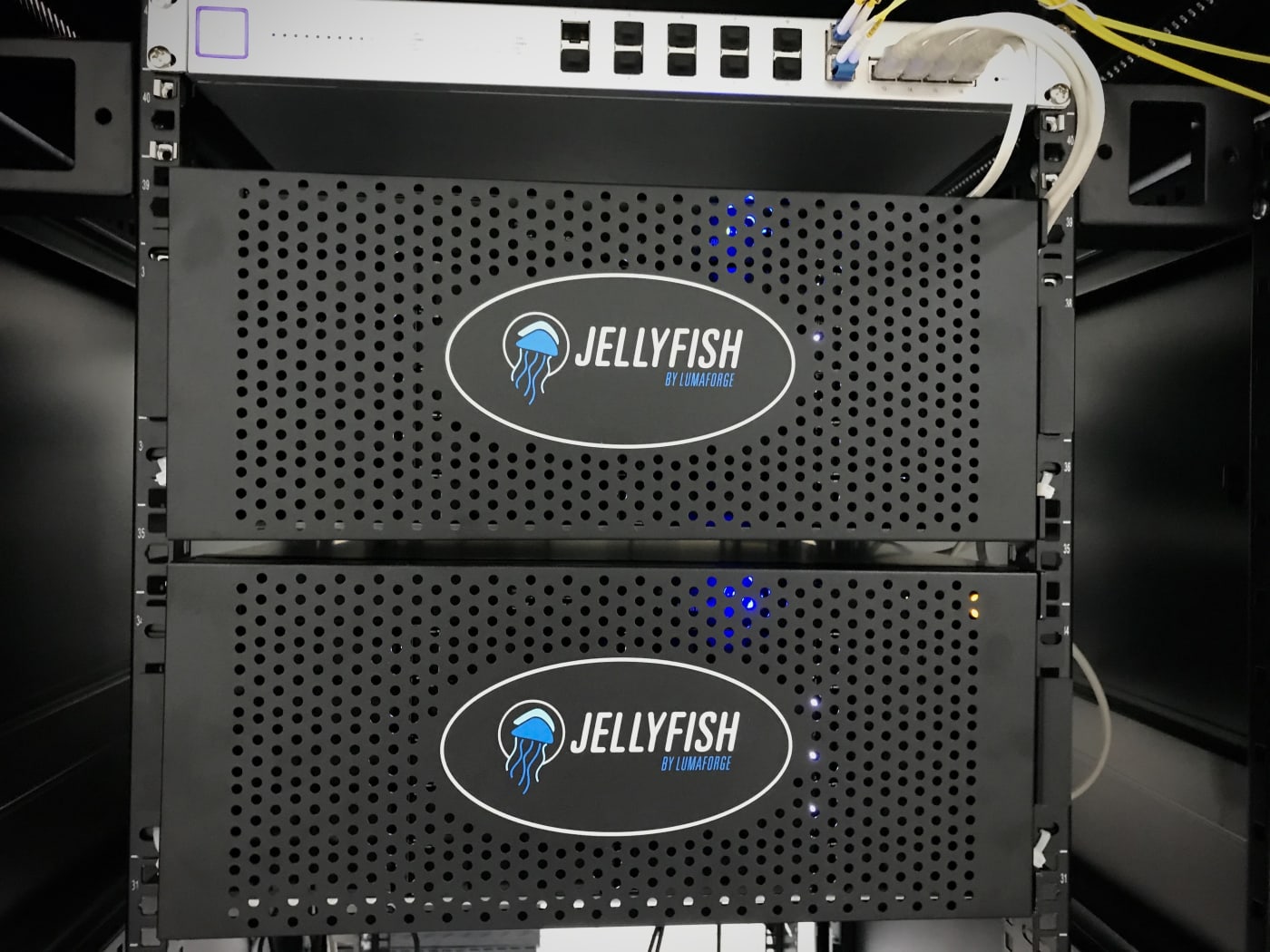
"From our very first conversation with LumaForge, I realized that these people really understand the film, CG and animation industry. This made me confident that they would be able to build us a solution that would be perfectly tuned for our workflows, and within an acceptable budget."
Solutions
"I have worked in the tech industry for a very long time," Marchant continues. "One thing that always captures me when talking with tech companies is that you get a pre-sales pitch saying 'Oh, yes it’s gonna be faster...we have these technologies and all these weird and wonderful things'...But when it actually comes down to receiving the hardware, installing it, setting it up, that’s when the pitfalls come. And I have to say, when the team from LumaForge came here and we set up that server... everything they promised that it would be able to do, it did."
1. Performance
"Our reads and writes are amazing. We can playback multiple concurrent high-bandwidth video files and DPX image sequences in realtime. Thanks to the buffering technology that LumaForge has developed, all our workstations and render nodes can hit the server at the same time without affecting performance or latency. And we still have a lot of headroom for future expansion".
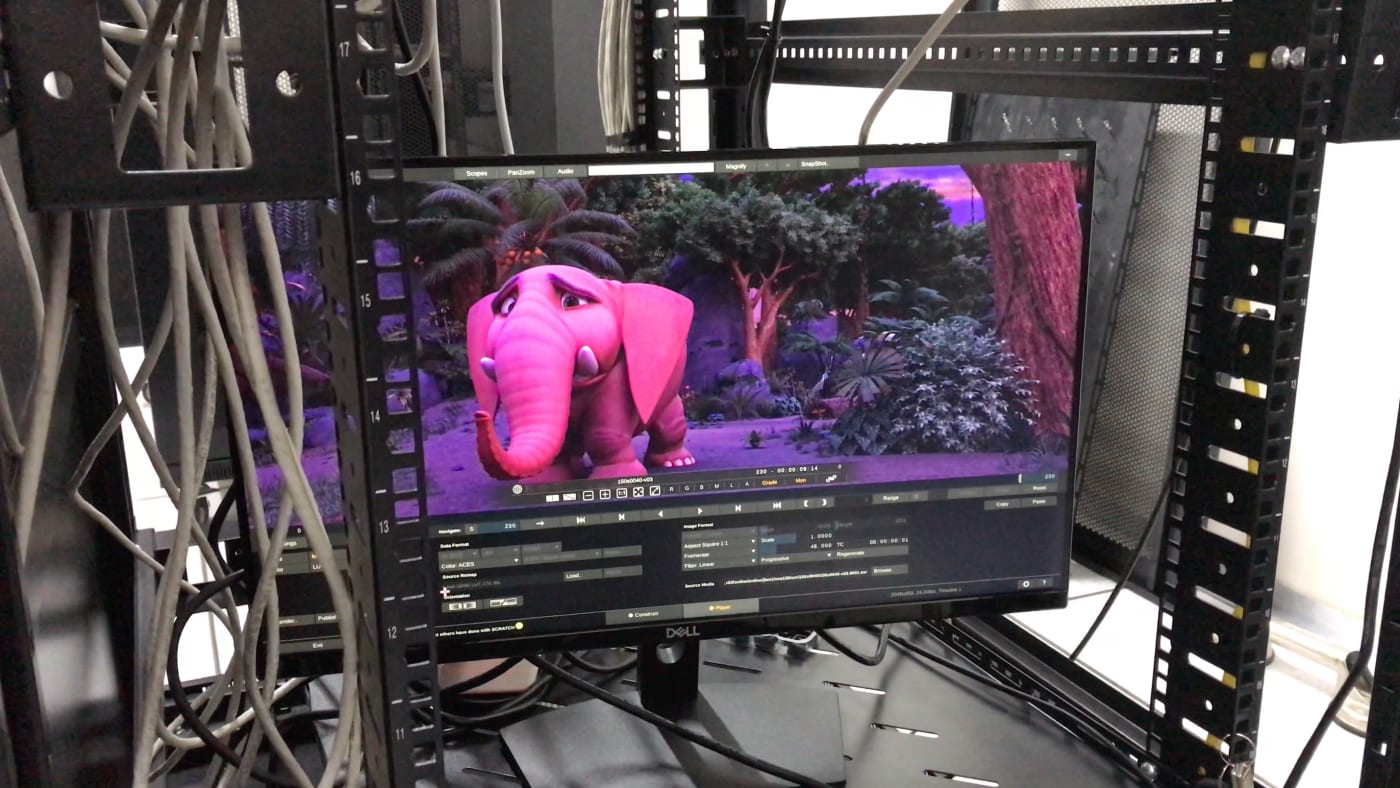
2. Storage efficiency
"One thing that we didn’t expect is how efficient the compression is on the OWC Jellyfish. The 100TB of media we had to move over from the old system suddenly was only 78TB. It caught up our pipeline guys quite a bit. I started getting messages saying: I don’t know what’s happening but I tried to move a 2TB file across and now it's 1.4TB."
"We noticed that this was due to some very clever ZFS compression that is going on in the background. This makes a big difference for us as we use a massive amount of text-based files and hi-res image files. It really shows how inefficient our compression was in our old storage platform. We have actually cut 20% of our space expectation, and that’s huge."
3. User management
"We handle very tight security protocols. So the integration of the OWC Jellyfish with our IPA server for access control was very important to us. This was not an easy task as we use many different operating systems. Eric Altman (LumaForge CTO) and Dexter (Sunrise Studio Head of Pipeline) connected every workstation using custom-written permission scripts. Samba follows these permissions. When people connect to the server, they only see the shares they have access to and nothing else. Our core admin policies, our sudo abilities...all follow directly through the OWC Jellyfish."
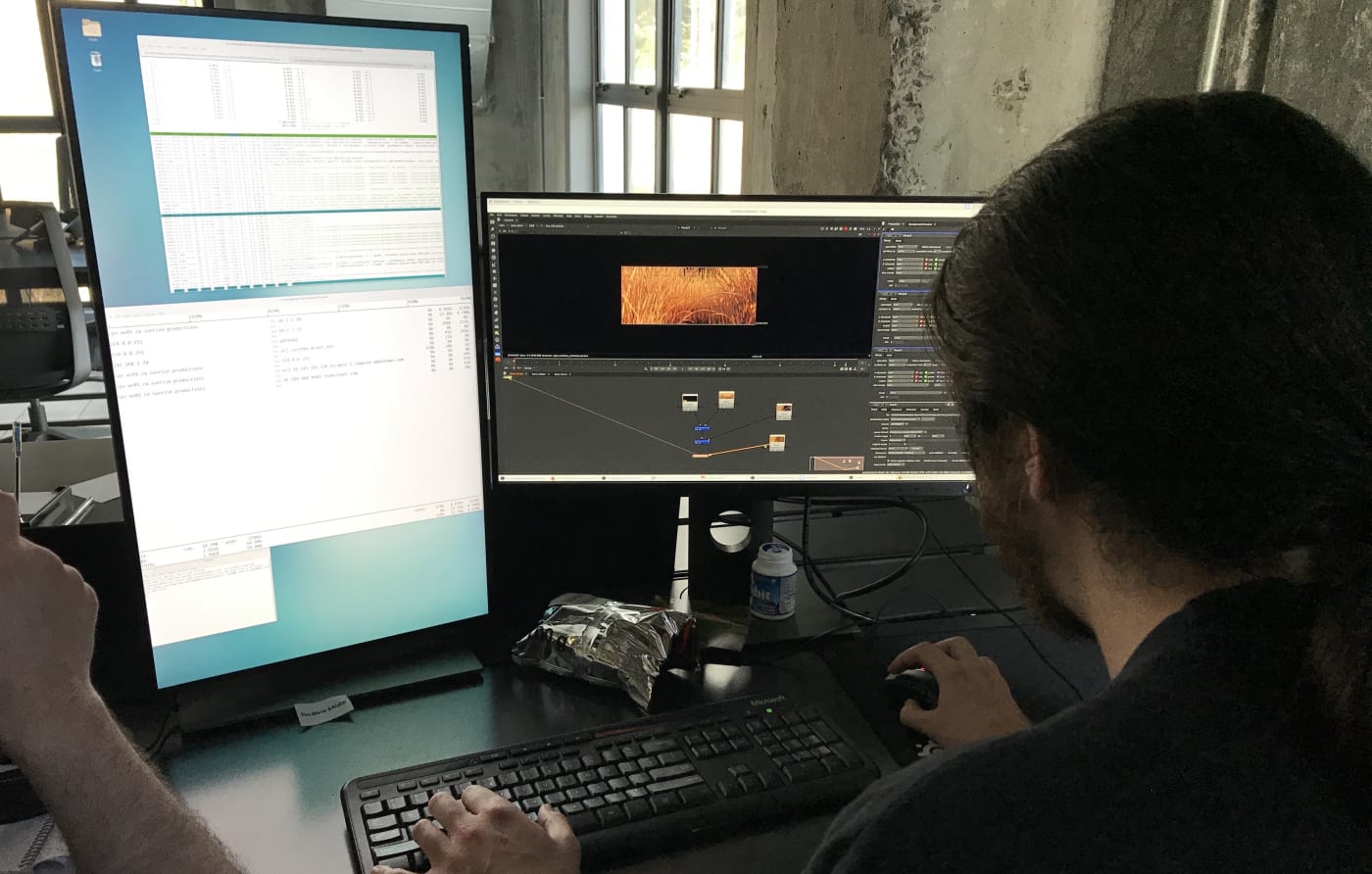
4. Remote collaboration
"We use Resilio Connect to exchange large datasets between Cape Town and our partner studios. Syncing several terabytes of data per month at high speed and keeping hundreds of thousands of files in parity across multiple geographical locations, requires a lot of customization on the server-side if you want to do all this without much time-consuming manual intervention."
"We chose Resilio Connect for its speed, flexibility, and cost-effectiveness. It runs as a service on our servers here and abroad. With the assistance of the support teams at Resilio and LumaForge, we were able to make the transition to the OWC Jellyfish hassle-free. It feels like these two companies and their technologies are a perfect fit."
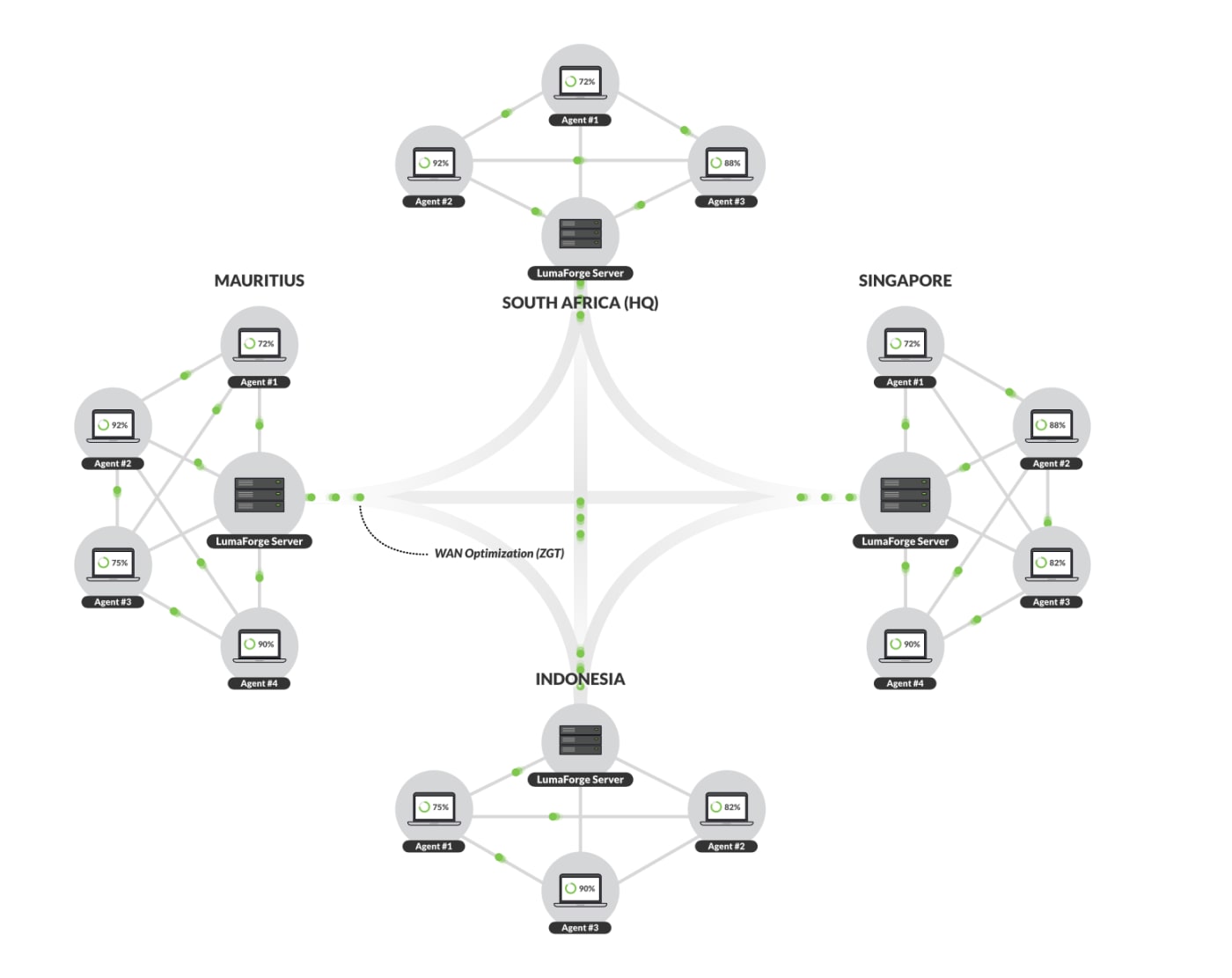
5. Peace of mind
"We have now moved everything across from our old offices in Westlake and all our people are working off the OWC Jellyfish server on a daily basis," Luke Marchant concludes. "The eighth season of Jungle Beat has entirely been made on the OWC Jellyfish."
"What already makes a difference for our tech team is that we no longer need to spend our time keeping our storage system running. We have a support contract with LumaForge, and their support is really great. We can call them with any questions related to the system itself or to our workflows, and we get an immediate response. This gives us more time to focus on our core business. Our business is not building servers. Our business is building great tools and workflows for our artists, giving them the best infrastructure that we can. So it makes sense to get into a relationship with people who are also doing the best at what they do."
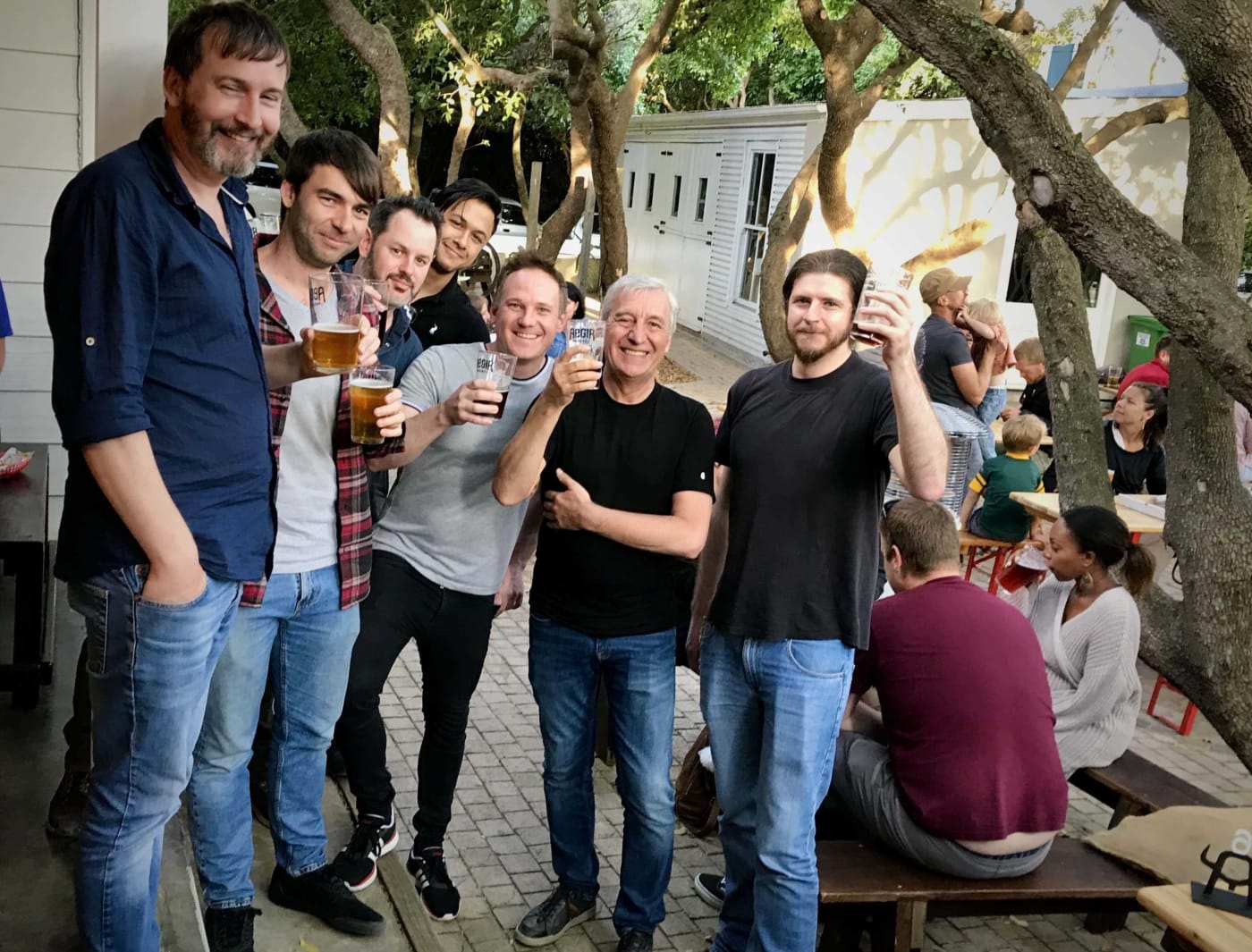
"Everything that you said your server would do, it does. And more. It's nice to have a company that promises you something, and then they meet that and even exceed it." - Luke Marchant - Head of Technology - Sunrise Productions
Related
See how EMS Films in Amsterdam managed 15,000 hours of hi-res footage with their OWC Jellyfish Tower.
Five friends, Davinci Resolve 15, and a OWC Jellyfish Tower document the environmental impacts of Trump's border wall.
See how Love a Child relies on a OWC Jellyfish Rack to power their remote workflows and more.
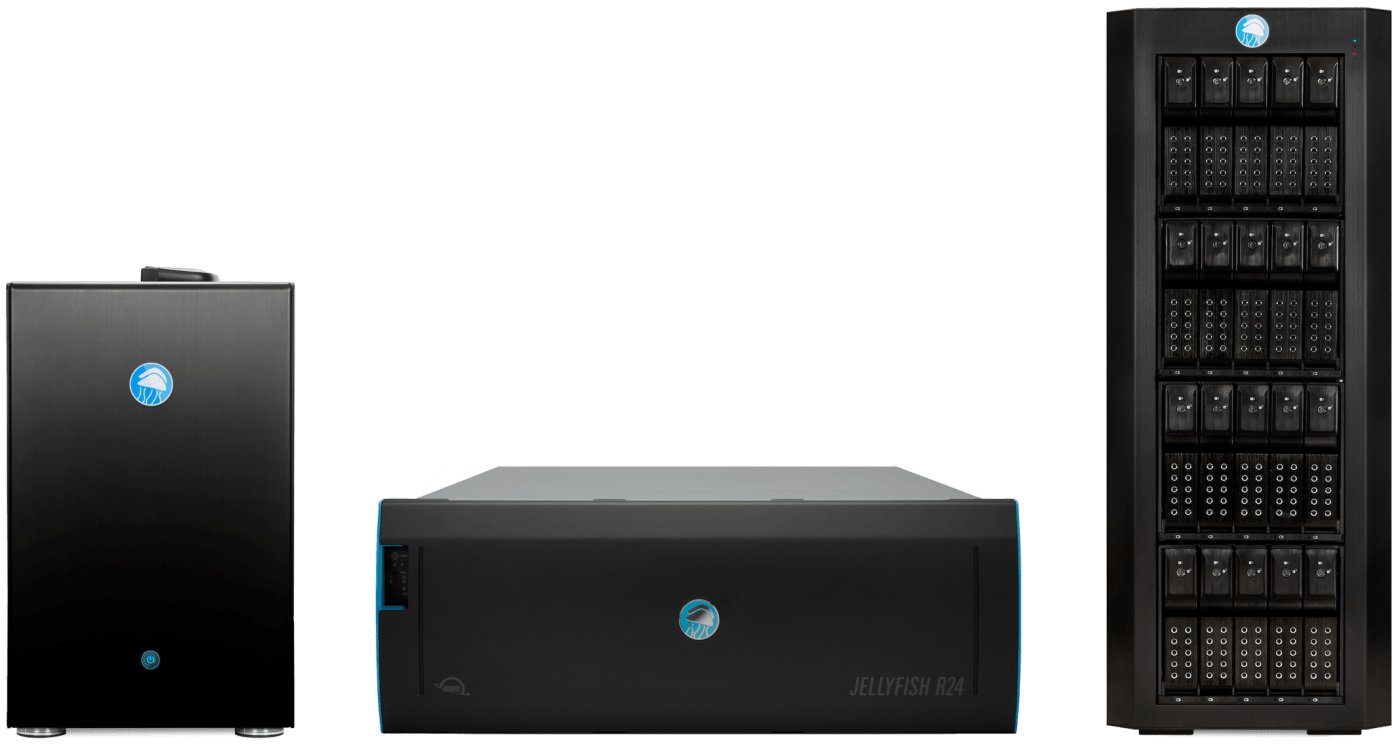
 USA + International
USA + International OWC Canda
OWC Canda OWC Europe
OWC Europe
